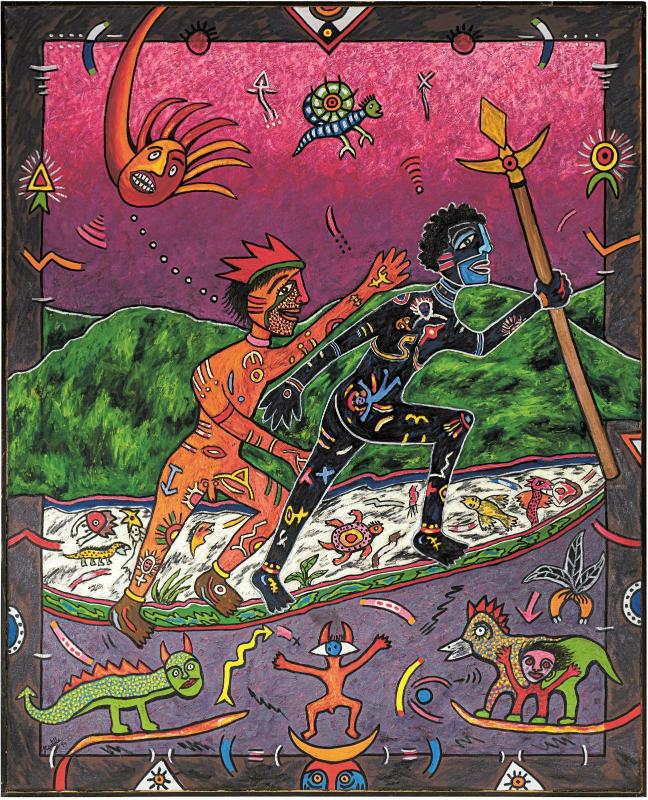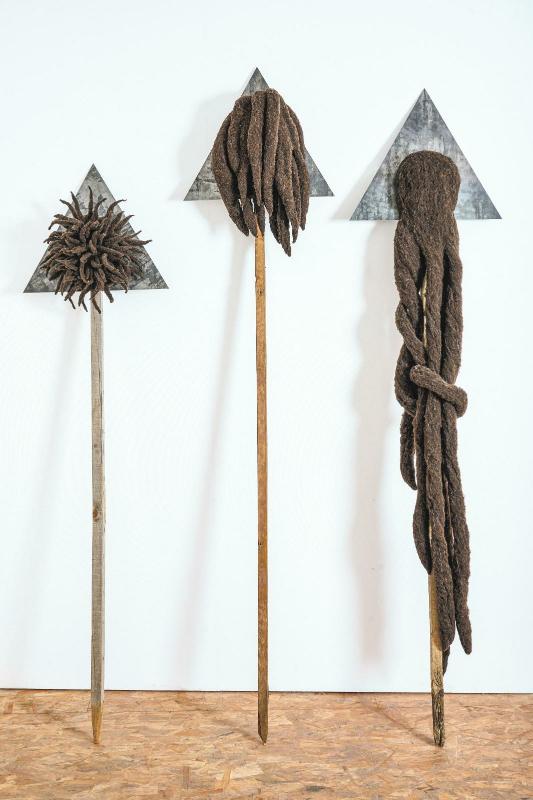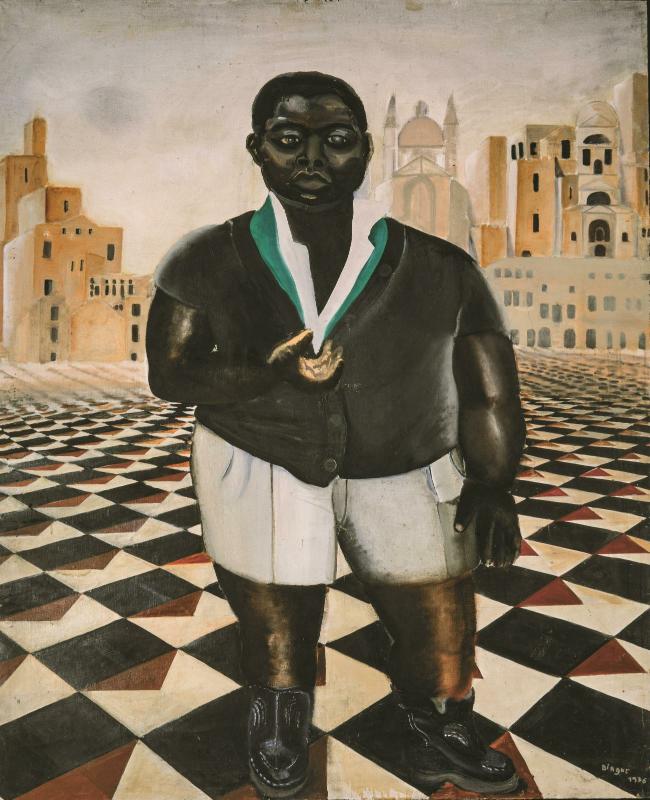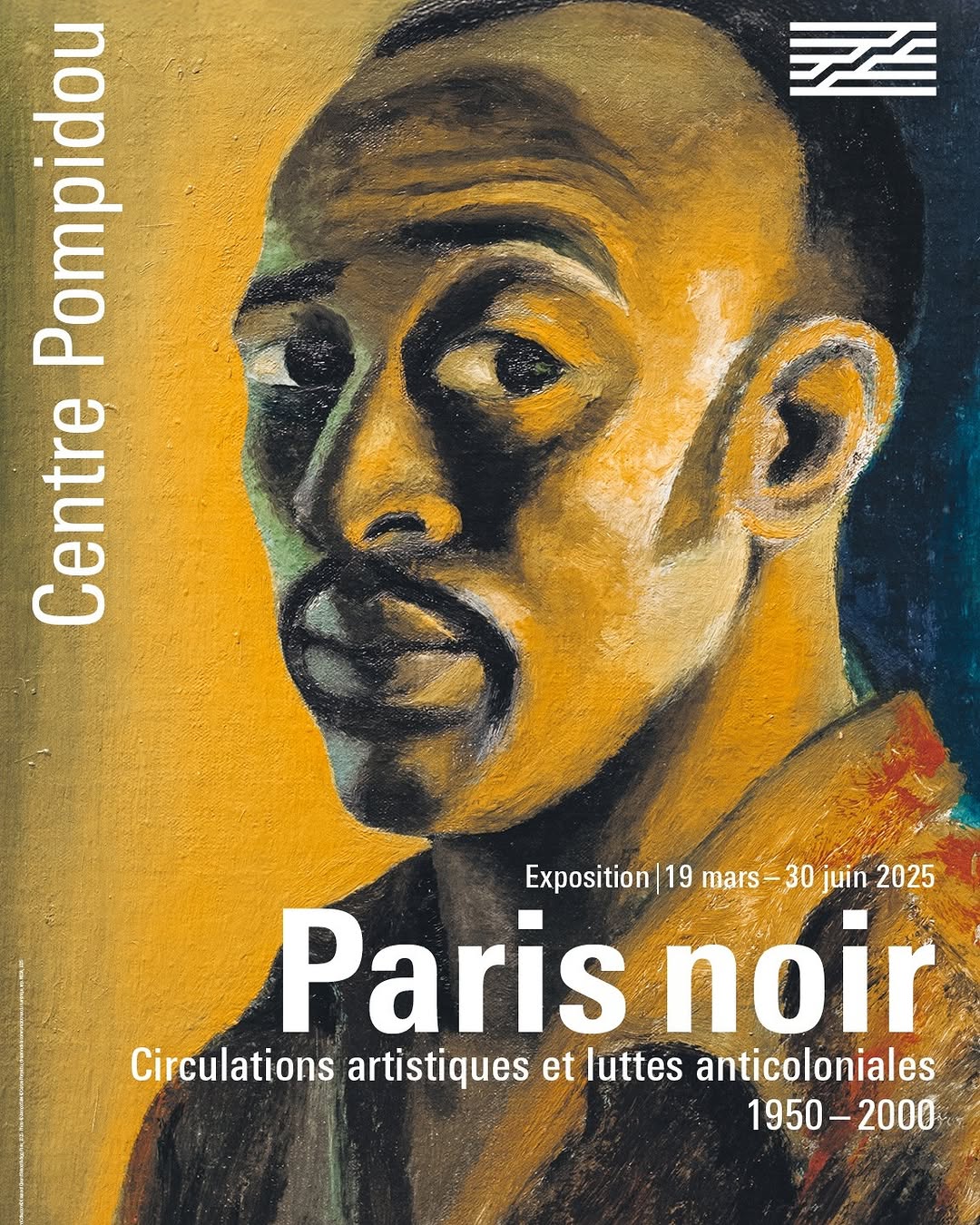With Paris Noir, the Centre Pompidou celebrates half a century of Afro-descendant artistic creation. A remarkable exhibition retracing artistic circulations and anti-colonial struggles in 20th-century Paris.
An artistic effervescence in the heart of Paris
As soon as you step through the doors of the Centre Pompidou, a shiver of history and modernity runs through you. The exhibition Paris Noir: Artistic Circulations and Anti-Colonial Struggles (1950–2000) is a rare moment, a necessary tribute to generations of Afro-descendant artists whose often-overlooked works have left an indelible mark on the history of art in France and far beyond.
Designed as a living map of transatlantic artistic dialogues, Paris Noir showcases over 150 artists, from pioneers of Pan-African modernism to Black American and Caribbean avant-gardes, as well as postcolonial figures of the 1990s. A striking journey through a Paris where Black art has always been an act of resistance, memory, and reinvention.
When Paris was the capital of black art




In the collective imagination, Paris is the city of lights, the cradle of avant-garde movements and artistic revolutions. But behind the Eiffel Tower and the Marais galleries lies another story: that of a city that also served as an intellectual and artistic refuge for generations of Black artists from Africa, the Caribbean, and the United States.
The postwar period saw the arrival of intellectuals and creators like James Baldwin, Beauford Delaney, Wifredo Lam, and South African painter Gérard Sekoto. Paris became the nerve center of a Black art movement seeking emancipation, blending surrealist, expressionist, and avant-garde influences.
The Paris Noir exhibition sheds light on this effervescence, rehabilitating lesser-known yet essential trajectories. How can one not be moved by Delaney’s vibrant portraits, capturing Baldwin with an almost mystical intensity? Or by Harold Cousins’ sculptures, transforming steel into an ode to movement and jazz music?
Art as a weapon in the anti-colonial struggle
Paris Noir is not merely an artistic retrospective: it is a visual manifesto, a reminder that art has always been a vehicle for struggles and demands.
In the 1950s and 1960s, Black artists in Paris were direct witnesses to the anti-colonial movements shaking Africa and the Caribbean. The exhibition explores these ties between art and activism, presenting works that engage with the political and social struggles of their time.
José Castillo, with his painting Los Cimarrones, pays homage to the maroon slaves who escaped plantations to build free communities. Elodie Barthélémy, with Tribute to Maroon Ancestors, materializes resistant memory through poignant textile sculptures.
The exhibition also explores the role of jazz and literature as extensions of these struggles, featuring figures like Léopold Sédar Senghor, Aimé Césaire, and Frantz Fanon, whose ideas permeated these artistic expressions.
Paris, a vector of encounters and transmission
One of the exhibition’s great strengths is its ability to map the cultural and aesthetic circulations between Africa, the Americas, and Europe.
From the 1970s onwards, a new generation of Caribbean and African artists arrived in Paris, seeking to rethink their identity in a postcolonial world. This legacy is evident in works by Chanel Diagne, who fuses European influences with Senegalese aesthetics in The Boy from Venice, and in the work of Skunder Boghossian, a pioneer of Ethiopian abstraction.
The exhibition also highlights spaces that fostered these exchanges, such as activist galleries, Pan-African festivals, and literary circles where some of the boldest chapters of Black art history were written.
Why this exhibition matters today
In a context where debates around the recognition of African and Afro-descendant art are more vibrant than ever, Paris Noir arrives at a crucial moment. This exhibition questions the place of Black artists within museums, institutions, and the art market.
It also raises an essential question: how do we integrate these narratives into an art history that has long been written without them?
With this retrospective, the Centre Pompidou finally offers well-deserved visibility to these creators who, across eras, built bridges between continents and redefined artistic canons.
An unmissable event

Running from March 19 to June 30, 2025, Paris Noir is more than an exhibition: it is a historic event, an invitation to rediscover an artistic scene too often overlooked.
If you are passionate about history, art, and struggles, if you want to see Paris through a Pan-African and activist lens, don’t miss this immersion into half a century of creation, resistance, and beauty.
- Paris Noir – Artistic Circulations and Anti-Colonial Struggles (1950–2000)
- Centre Pompidou, Galerie 1, Level 6
- From March 19 to June 30, 2025
Black art has always been here. It was just time to see it.
Summary
- An Artistic Effervescence in the Heart of Paris
- When Paris Was the Capital of Black Art
- Art as a Weapon in the Anti-Colonial Struggle
- Paris, a Vector of Encounters and Transmission
- Why This Exhibition Matters Today
- An Unmissable Event
